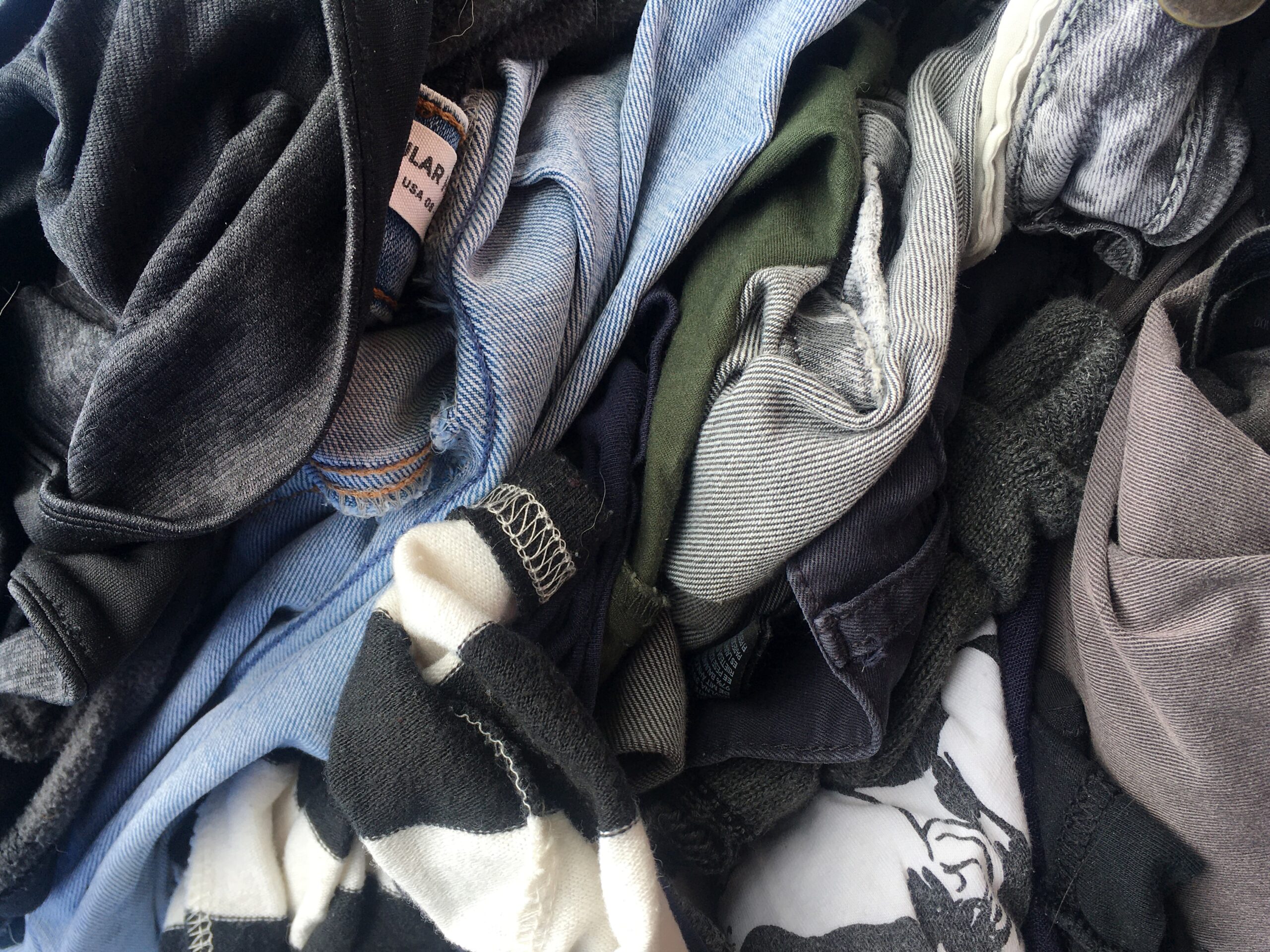At the same time, the textiles industry is the fourth-largest CO2 emitter, according to Prof. Dr-Ing. Stefan Schlichter of Germany’s Institut für Textiltechnik – Recycling Atelier. “So where we are is not that impressive,” he acknowledged in his guest presentation on the pursuit of a circular textiles economy, delivered to the BIR Textiles Division meeting in Amsterdam on May 24.
Among the many challenges for recycling, the speaker highlighted the incorporation into products of “too many different materials – often only for price reasons”. Design for recycling, upcycling, greater product durability and repair strategies were all identified by him as key building blocks for circularity.
To meet these challenges, Prof. Schlichter listed the following needs: intensified research on alternative technologies; development of optimized take-back systems/concepts for textiles waste management; development of industrial-scale chemical recycling as a future add-on to maintain upcycling; development of automatic sorting; and optimization of mechanical recycling. Having calculated that between 150 and 250 additional recycling facilities would be required in the years to 2030, the guest speaker insisted: “We need governmental help to build up this industry.”
Contending that a new balance between technical, economic and ecological performance was required to achieve a circular economy, the guest speaker explained that the Recycling Atelier offered “a new approach of open innovation for textile secondary raw materials”, harnessing for example: the development of new products and processes in a makers laboratory; development of concepts for the complete recycling of used textiles; industrial implementation of recycling concepts and business models; and a learning factory for training and capability build-up.
In a subsequent panel discussion moderated by Alan Wheeler of the UK’s Textile Recycling Association, BIR Textiles Division President Martin Böschen of TEXAID Textilverwertungs AG in Switzerland underlined that “we need to develop more products that are easier to recycle”. And he added: “We need new applications for what we can make out of the textiles.”
Josse Kunst of low-energy polyester recycling specialist CuRe Technology BV in the Netherlands underlined that coatings on fibres and poor labelling were among the factors that could hamper recycling or even render a product unrecyclable, whereas the aim of good design should be to create products suitable for “disassembly in an economical way”. He also called for increased data sharing and for the introduction of minimum recycled content requirements.
Jean-François Gryspeert of Belgium-based sorting and baling systems supplier Valvan supported the idea of recycled content requirements, while also underlining the need for increased product durability and a reduction in the number of fibre blends used.
Following on from an observation by Mr Kunst that now was the time to capitalize on “low-hanging fruit” to prove concepts rather than on conducting more studies, Prof. Schlichter concluded the meeting by stating: “We need to have a certain push so everyone in the chain starts to move.” This should include, he added, “defining a certain percentage of recycled content”.










[…] Source link […]